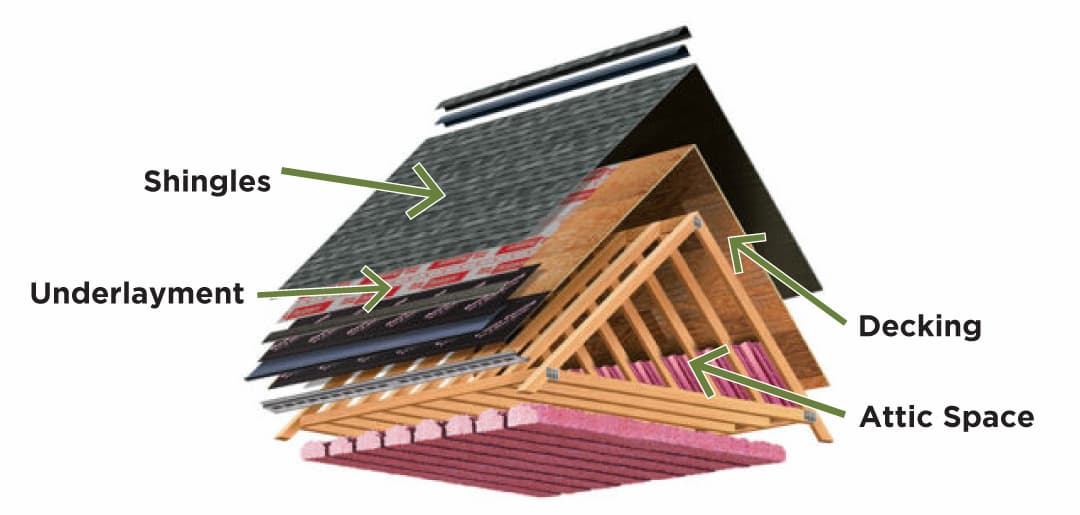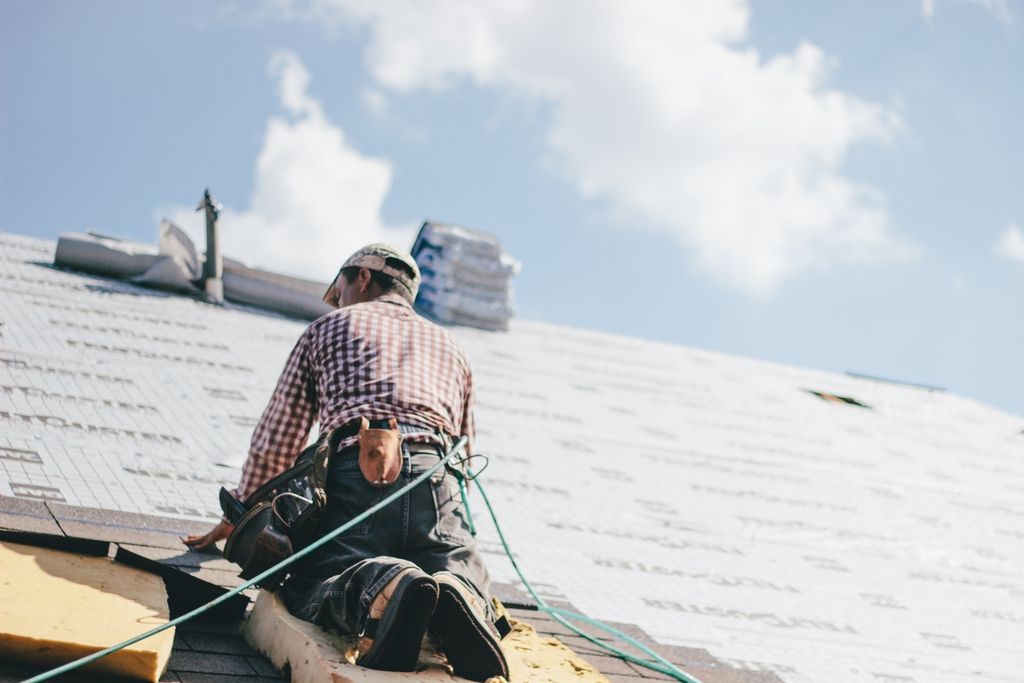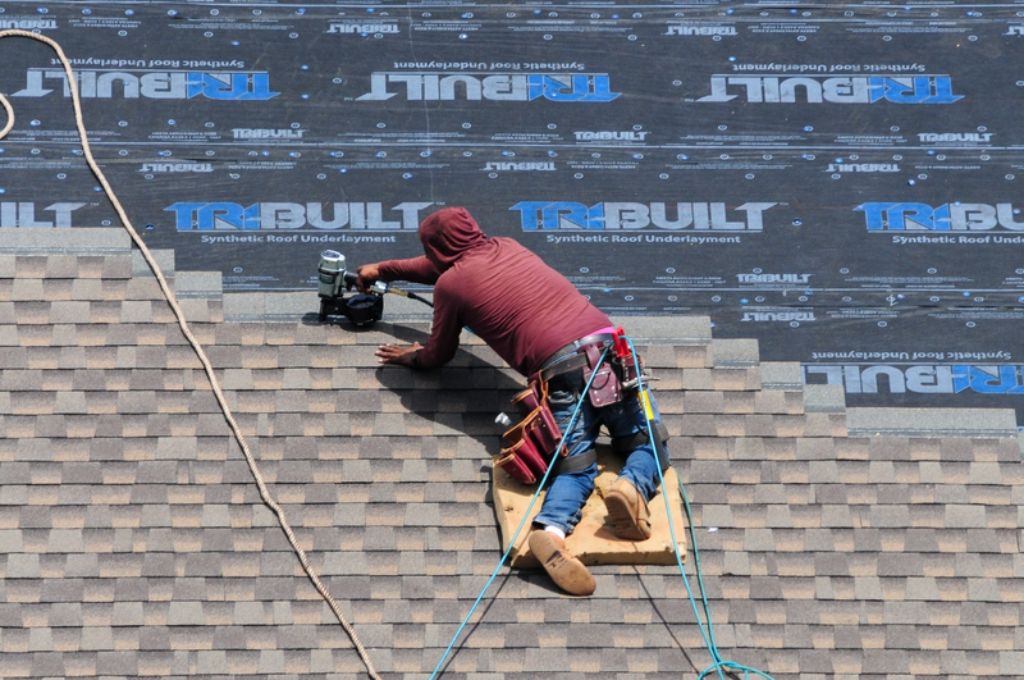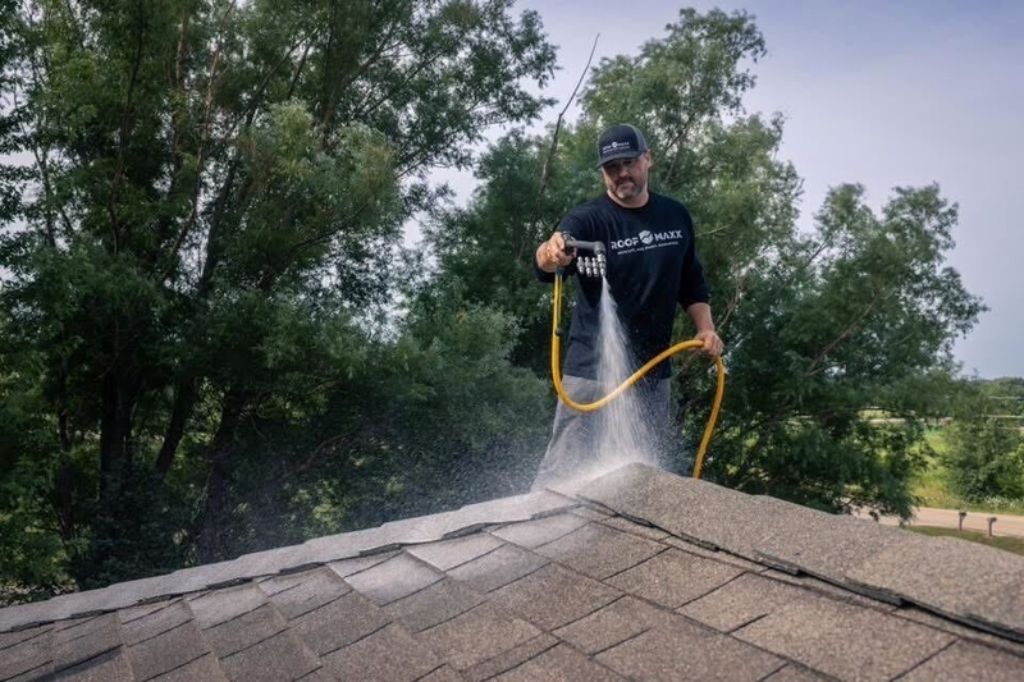This interview features roofing expert Mike Feasel, who explains the importance of underlayment in a roofing system and shares insights on why underlayment can be the make-or-break element for roof durability.
Below, we explain why underlayment is so important and show you several different varieties. You’ll also learn how combining the right underlayment with roof rejuvenation and other maintenance tips can help extend the life of your asphalt shingles for years to come.
Roofing underlayment serves as a last line of defense, keeping water out if the outer roofing layer fails. This layer is essential for:

Roof underlayment sits directly on top of the roof decking (usually plywood) and beneath your roof’s outer layer. Think of it as your roof’s backup raincoat—it steps in when shingles get damaged, blow off, or start to wear down.

Selecting the best underlayment depends on your budget, the roof’s intended lifespan, and your location:

| Climate | Suggested Underlayment Type | Why It Works |
|---|---|---|
| Cold & snowy (Midwest, Northeast) | Ice & Water Shield | Self-sealing protection against ice dams |
| Hot & humid (Southeast) | Synthetic | Resists mold and high heat |
| Mild & dry (Southwest) | Felt | Affordable and sufficient for low-rain areas |
| Storm-prone (coastal regions) | Full Ice & Water or Synthetic | Resists uplift and water intrusion |
Roofing underlayment plays a valuable role in protecting your home, but you can also treat the roof shingles themselves. Roof Maxx is a plant-based penetrant that absorbs into your shingles to replace the natural oils they lose over time and help extend their lifespan by up to 15 years.
Adding it can:
In addition to solutions like Roof Maxx, consider trimming the trees around your property to minimize the chances of damage caused by falling debris—and be sure to have your gutters cleaned on a regular basis. The better you take care of your roof, the better it will take care of you.

For optimal performance, consult with a qualified roofing contractor who understands your local climate and building codes.
An experienced contractor will:
Roofing underlayment may not be the most visible part of your roof, but it is certainly one of the most important parts. Whether you’re dealing with torrential rain, hurricanes, or freezing winters, the right underlayment will keep your home safe and dry for years to come.
To find a roofing contractor in your area who can also apply solutions like Roof Maxx, use our dealer locator.
With our five-year, transferable warranty, you’ll enjoy the peace of mind that your roof and entire home are protected.